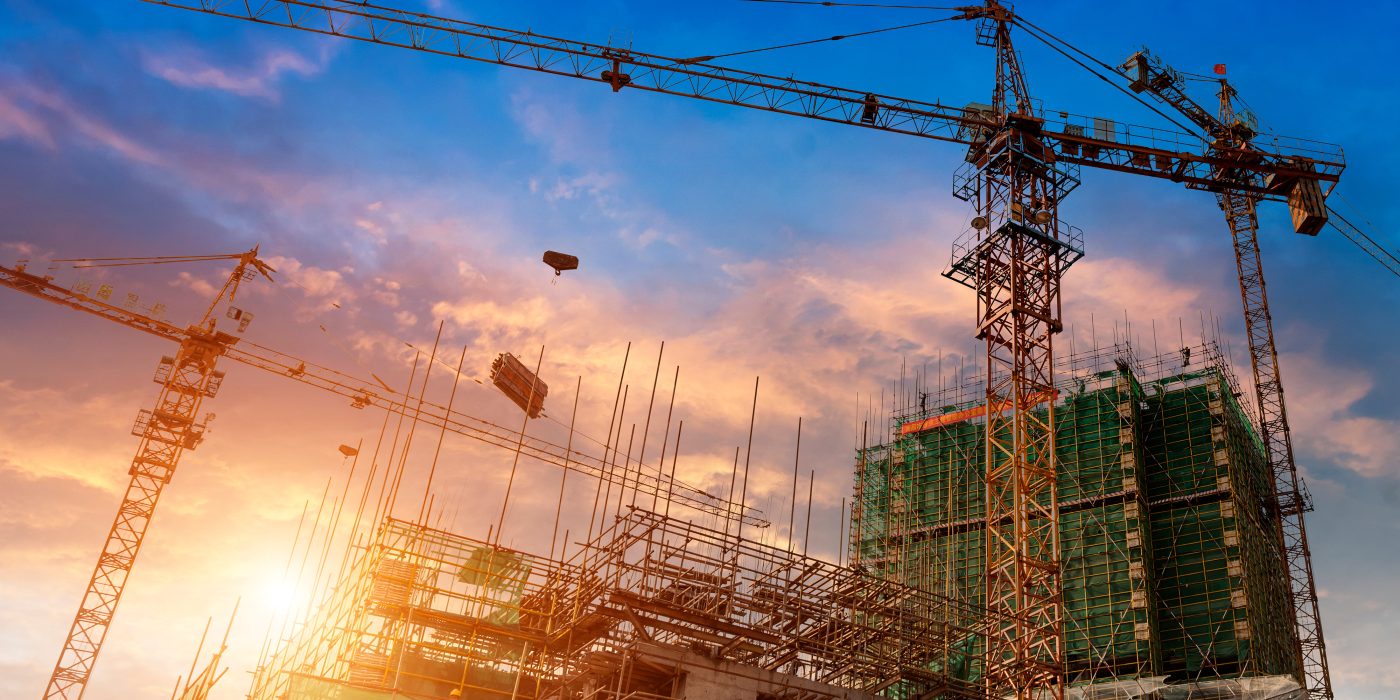In the world of construction, there’s a delicate dance between structural integrity and aesthetic appeal. For decades, construction was viewed purely through a functional lens—solid foundations, durable materials, and efficient layouts. However, today’s construction industry is far more than bricks and mortar. It’s about creating spaces that are not only built to last but also designed to inspire, ensuring they serve both practical purposes and artistic visions.
This blog explores the intricate relationship between construction and design, delving into how modern-day builders balance these crucial aspects to deliver innovative and timeless spaces.
The Intersection of Construction and Design
Form Meets Function
At its core, construction is about providing safety and security. Buildings need to withstand natural forces, protect inhabitants, and ensure longevity. On the other hand, design is about aesthetics, comfort, and user experience. A well-designed building isn’t just functional; it has personality, a unique appeal that speaks to its occupants and surroundings.
Modern construction projects can no longer ignore design as an afterthought. Both construction and design need to work in harmony from the planning phase. The best projects combine robust construction principles with inspired designs that consider lighting, space, and user interaction.
Examples of Balance
Skyscrapers: Designed to maximize space vertically while ensuring structural stability. These buildings often use innovative materials like steel and glass to achieve both beauty and strength.
Residential Homes: Balancing the warmth of home interiors with practical layouts that provide comfort, energy efficiency, and aesthetic appeal.


